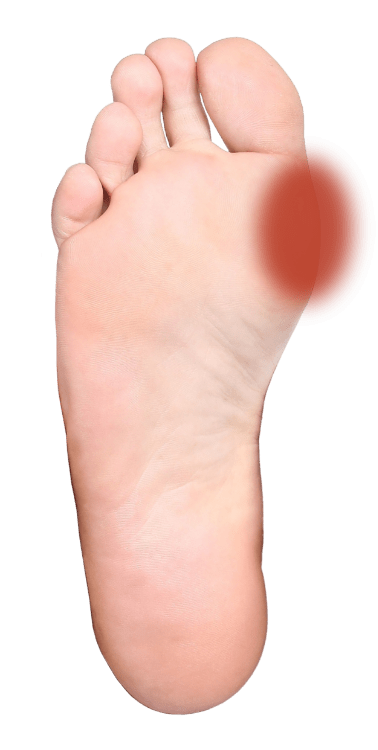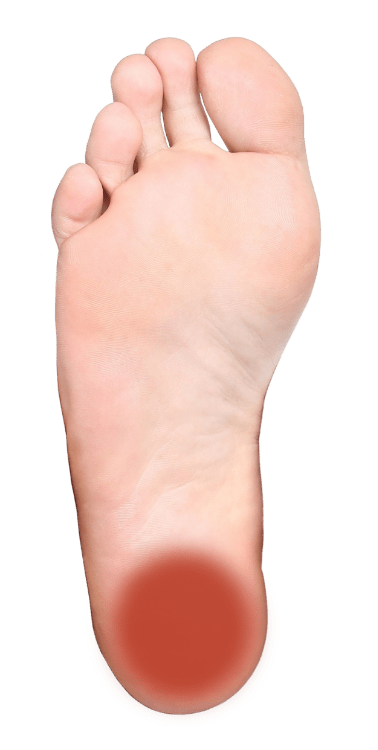IMPORTANT INFORMATION ABOUT SMART TOE II
Indications: The Memometal Intramedullary Bone Fastener (Smart Toe/X-Fuse) are indicated for small bone reconstruction limited to inter-digital fusion of fingers and toes and small bone fusion.
Contra-Indications: Acute or chronic infections, local or systemic, surgical procedures other than those mentioned in the Indications section, do not use on patients allergic to the components of the product or having known allergies. Not indicated for patients with nickel sensitivity. The combination of this implant with implants of another origin is contraindicated.
IMPORTANT INFORMATION ABOUT TOETAC
Indications: The ToeTac™ Hammertoe Fixation System is indicated for the fixation of osteotomies and reconstruction of the lesser toes following correction procedures for hammertoe, claw toe, and mallet toe.
IMPORTANT INFORMATION ABOUT VARIAX
Indications: The Stryker Foot Plating System is intended for use in internal fixation, reconstruction or arthrodesis of small bones, including the fore, mid- and hind foot and ankle. Examples of these procedures may include but are not limited to replantation, lag screw techniques, joint fusions, corrective osteotomies, and the treatment of fractures. Indications for VariAx 2 Plates include: The Stryker VariAx 2 System is intended for use in internal fixation, reconstruction and treatment of fractures in the foot and ankle in adult and adolescent (12-21 years) patients. Including: • Replantation • Joint fusions • Corrective osteotomies • Osteopenic bone
Contra-Indications: The physician’s education, training and professional judgement must be relied upon to choose the most appropriate device and treatment. Conditions presenting an increased risk of failure include: • Any active or suspected latent infection or marked local inflammation in or about the affected area • Compromised vascularity that would inhibit adequate blood supply to the fracture or the operative site • Bone stock compromised by disease, infection or prior implantation that can not provide adequate support and/or fixation of the devices • Material sensitivity, documented or suspected • Obesity. An overweight or obese patient can produce loads on the implant that can lead to failure of the fixation of the device or to failure of the device itself • Patients having inadequate tissue coverage over the operative site • Implant utilization that would interfere with anatomical structures or physiological performance • Any mental or neuromuscular disorder which would create an unacceptable risk of fixation failure or complications in postoperative care • Other medical or surgical conditions which would preclude the potential benefit of surgery
IMPORTANT INFORMATION ABOUT ANCHORAGE
Indications: The Anchorage Bone Plate Systems are indicated for stabilization and fixation of fresh fractures, revision procedures, joint fusion, and reconstruction of small bones of the hand, feet, wrist and ankles, finger and toes. The system may be used in both adults and pediatric patients.
Contra-Indications: The following contraindications may be of a relative or absolute nature and must be taken into account by the attending surgeons: Acute or chronic infections, local or systemic. Surgical procedures other than those mentioned in the Indications section. Do not use on patients allergic to the components of the product (Please see Instructions for Use) or having known allergies. The combination of this implant with implants of another origin is contraindicated.
IMPORTANT INFORMATION ABOUT EASYCLIP
Indications: The EasyClip staples are indicated for hand and foot bone fragments osteotomy fixation and joint arthrodesis.
Contra-Indications: The following contraindications may be of a relative or absolute nature, and must be taken into account by the attending surgeon. • Acute or chronic infections, local or systemic. • Surgical procedures other than those mentioned in the Indications section. • Do not use on patients allergic to the components of the product (Titanium-Nickel) or having known allergies.
The information presented is for educational purposes only. Stryker is not dispensing medical advice. Please speak to your doctor to decide if joint replacement surgery is right for you. Only your doctor can make the medical judgment which products and treatments are right for your own individual condition. As with any surgery, joint replacement carries certain risks. Your surgeon will explain all the possible complications of the surgery, as well as side effects. Additionally, the lifetime of a joint replacement is not infinite and varies with each individual. Also, each patient will experience a different postoperative activity level, depending on their own individual clinical factors. Your doctor will help counsel you about how to best maintain your activities in order to potentially prolong the lifetime of the device. Such strategies include not engaging in high-impact activities, such as running, as well as maintaining a healthy weight.



